Home>Home Appliances>Kitchen Appliances>How To Make A Latte With An Espresso Machine
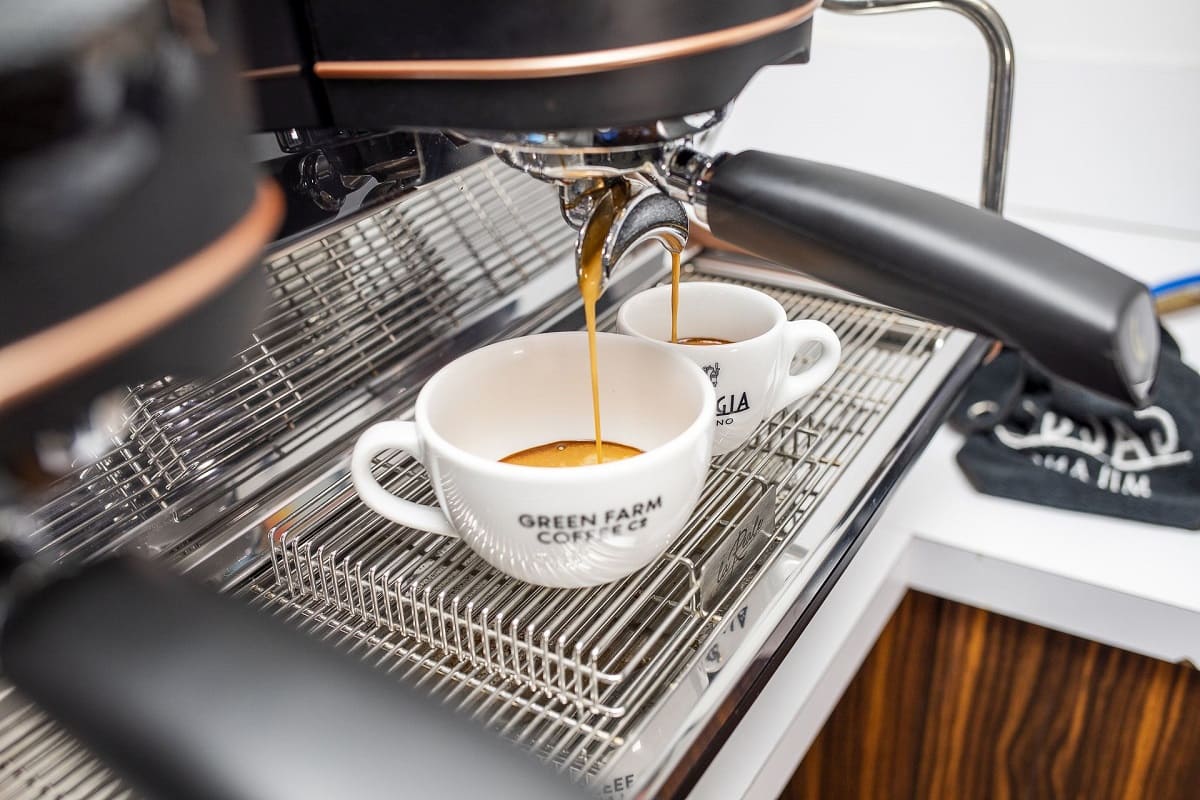

Kitchen Appliances
How To Make A Latte With An Espresso Machine
Modified: January 5, 2024
Learn how to make a delicious latte using your espresso machine at home. Discover the best techniques and tips for using kitchen appliances to create the perfect latte.
(Many of the links in this article redirect to a specific reviewed product. Your purchase of these products through affiliate links helps to generate commission for Storables.com, at no extra cost. Learn more)
Introduction
There’s something undeniably comforting about a well-crafted latte. The rich, velvety espresso combined with creamy, steamed milk creates a harmonious blend of flavors that can elevate your morning or provide a delightful afternoon pick-me-up. While a trip to the local coffee shop might be a tempting option, mastering the art of creating a delicious latte at home can be a rewarding and cost-effective endeavor.
One of the essential tools for crafting the perfect latte at home is an espresso machine. This versatile appliance allows you to pull a robust shot of espresso and steam milk to velvety perfection, all within the comfort of your kitchen. With a few simple steps and some practice, you can indulge in a cafe-worthy latte without leaving your home.
In this guide, we’ll explore the step-by-step process of creating a delectable latte using an espresso machine. From grinding the coffee to assembling the final drink, we’ll cover everything you need to know to become a home barista. So, dust off your espresso machine, gather your favorite coffee beans, and let’s embark on a journey to master the art of crafting a delightful latte.
Key Takeaways:
- Master the art of crafting a perfect latte at home using an espresso machine, from grinding the coffee to steaming the milk, and enjoy the rich flavors and luxurious textures of a cafe-worthy beverage without leaving your kitchen.
- Elevate your latte-making skills by incorporating optimal milk texturing, consistent espresso extraction, and the art of latte art, creating lattes that embody the hallmark characteristics of a well-crafted and indulgent beverage.
Equipment Needed
Before diving into the process of making a delicious latte, it’s essential to ensure that you have the right tools at your disposal. Here’s a rundown of the equipment you’ll need to create a barista-worthy latte using an espresso machine:
- Espresso Machine: The centerpiece of this endeavor, an espresso machine allows you to pull a concentrated shot of espresso and steam milk simultaneously. Whether you have a manual, semi-automatic, or fully automatic machine, each type can produce excellent results.
- Grinder: To achieve the perfect extraction, you’ll need a high-quality burr grinder to finely grind your favorite coffee beans just before brewing. Consistency in grind size is crucial for extracting the full flavor potential of the coffee.
- Tamper: A tool used to evenly compact the coffee grounds in the portafilter, the tamper plays a vital role in ensuring an even extraction of the espresso shot.
- Milk Frothing Pitcher: This stainless steel pitcher is essential for steaming and frothing milk. Look for a pitcher with a narrow spout, which facilitates better control when pouring the steamed milk into your latte.
- Thermometer: While not always necessary, a thermometer can be helpful for monitoring the milk’s temperature during the steaming process, ensuring that it reaches the ideal range for a creamy texture.
- Quality Coffee Beans: The foundation of any exceptional latte is high-quality, freshly roasted coffee beans. Whether you prefer a bold espresso blend or a single-origin variety, selecting freshly roasted beans will elevate the flavor profile of your latte.
- Water Filtration System: Using filtered water in your espresso machine can significantly impact the taste and quality of your espresso. A water filtration system helps remove impurities and maintains the longevity of your machine.
With these essential tools in your kitchen arsenal, you’ll be well-equipped to embark on your latte-making journey. Now that we’ve covered the necessary equipment, it’s time to explore the key ingredients that will bring your latte to life.
Ingredients
Creating a delectable latte is not only about the equipment but also about the quality of the ingredients. Here’s a look at the essential components that will contribute to the rich and indulgent flavor of your homemade latte:
- Coffee Beans: The foundation of your latte, the choice of coffee beans significantly influences the flavor profile of the final drink. Whether you prefer a medium roast with nutty undertones or a dark roast with chocolatey notes, select beans that align with your taste preferences.
- Fresh Cold Milk: Opt for high-quality, cold milk, such as whole milk, 2%, or even non-dairy alternatives like almond or oat milk, depending on your dietary preferences. The freshness of the milk contributes to the creamy texture and rich flavor of the steamed milk in your latte.
- Sweeteners (Optional): If you enjoy a hint of sweetness in your latte, consider adding a sweetener of your choice, such as sugar, honey, or flavored syrups. These can complement the robust espresso and creamy milk, enhancing the overall flavor profile of your latte.
By selecting high-quality coffee beans, fresh milk, and optional sweeteners, you’ll have the foundation for creating a luscious latte that rivals those served in specialty coffee shops. With the equipment and ingredients in place, it’s time to delve into the step-by-step process of crafting a delightful latte using your espresso machine.
Step 1: Grind the Coffee
The journey to a perfect latte begins with the careful preparation of the coffee beans. Start by selecting your favorite coffee beans, ensuring they are fresh and of high quality. The next crucial step is to grind the coffee to the appropriate fineness, which is essential for extracting the rich flavors and aromas during the brewing process.
When grinding coffee for an espresso machine, it’s crucial to achieve a fine and consistent grind size. An espresso-specific burr grinder is ideal for this purpose, as it allows you to adjust the grind settings to achieve the perfect fineness. The goal is to achieve a texture resembling powdered sugar, which facilitates the extraction of the coffee’s full flavor profile when brewed.
Upon grinding the coffee to the desired fineness, it’s essential to immediately transfer the grounds to the portafilter, ensuring an even distribution within the basket. Using a gentle tapping motion and a distribution tool, evenly distribute the grounds and level the surface, promoting uniform extraction during the brewing process.
By taking the time to grind the coffee to the appropriate fineness and ensuring even distribution within the portafilter, you set the stage for extracting a robust and flavorful shot of espresso, a critical component of a delectable latte. With the coffee prepared, it’s time to move on to the next step: pulling the perfect espresso shot.
Step 2: Pull the Espresso Shot
With the coffee freshly ground and meticulously distributed in the portafilter, it’s time to extract a rich and aromatic shot of espresso. This step is pivotal in ensuring that your latte embodies the bold flavors and velvety texture characteristic of a well-crafted espresso-based drink.
Before initiating the extraction, it’s essential to preheat the espresso machine and the portafilter to stabilize the brewing temperature, which is crucial for achieving optimal extraction. Once the machine and portafilter are preheated, lock the portafilter into the group head, ensuring a secure fit.
When pulling the espresso shot, aim to maintain a consistent brew time of approximately 25 to 30 seconds. This duration allows for the extraction of the coffee’s delightful flavors while balancing the extraction to avoid over-extraction, which can result in a bitter taste, or under-extraction, which may yield a sour or weak shot.
As the espresso begins to flow, observe the beautiful crema forming atop the liquid, a hallmark of a well-executed espresso shot. The crema, a golden-brown layer of emulsified oils, signifies the presence of aromatic compounds and contributes to the espresso’s rich flavor and silky mouthfeel.
Once the espresso shot is complete, assess the crema’s appearance and thickness, as well as the overall volume of the shot. A well-pulled espresso shot should boast a luscious crema, a balanced flavor profile, and a volume of approximately 1 ounce, setting the stage for the next crucial step: steaming the milk to perfection.
By mastering the art of pulling a flawless espresso shot, you pave the way for a harmonious fusion of flavors in your latte. With the espresso extracted, the next step is to focus on steaming the milk, a process that contributes to the creamy and indulgent texture of your homemade latte.
When steaming milk for a latte, make sure to start with cold milk and purge any water from the steam wand before frothing. This will help create a creamy and velvety texture for your latte.
Step 3: Steam the Milk
The process of steaming milk is a pivotal step in creating the luxurious and velvety texture that defines a classic latte. With the freshly pulled espresso shot awaiting its creamy companion, it’s time to master the art of steaming milk to perfection.
Begin by selecting your preferred milk, whether it’s whole milk for a rich and indulgent texture, 2% milk for a slightly lighter mouthfeel, or a non-dairy alternative such as almond or oat milk for dietary preferences. Pour the desired amount of cold milk into a stainless steel frothing pitcher, ensuring that it is filled to a level that allows for proper aeration and expansion during the steaming process.
Before immersing the steam wand into the milk, purge any residual water from the wand by briefly activating it to expel any condensation. Once the wand is free of water, position it just below the surface of the milk, slightly off-center in the pitcher. Submerge the steam wand to initiate the steaming process, allowing the milk to gently swirl and expand as it heats.
As the milk steams, monitor the pitcher’s temperature using a thermometer, aiming to achieve a range of approximately 150 to 160°F (65 to 71°C). This temperature range allows the milk to develop a creamy texture while retaining its sweetness, creating a harmonious balance with the bold espresso in your latte.
Throughout the steaming process, the goal is to create microfoam, a velvety and finely textured milk foam that integrates seamlessly with the steamed milk. This microfoam adds a luxurious mouthfeel to the latte, complementing the robust flavors of the espresso and contributing to the drink’s overall indulgence.
Once the milk reaches the desired temperature and achieves a velvety texture, position the steam wand to cease aeration, ensuring that the milk remains silky and free of large bubbles. With the milk expertly steamed, it’s time to bring together the components of your latte, culminating in a delightful and visually appealing presentation.
With the espresso shot pulled to perfection and the milk expertly steamed, the final step is to assemble these elements into a harmonious and indulgent latte.
Step 4: Assemble the Latte
As the espresso shot and steamed milk await their union, it’s time to bring these elements together to create a visually stunning and indulgent latte. The art of assembling a latte involves a delicate balance of pouring technique and visual presentation, culminating in a drink that tantalizes the senses and promises a delightful tasting experience.
Begin by gently tapping the frothing pitcher on a flat surface to eliminate any large air bubbles in the steamed milk. Swirl the milk in the pitcher to ensure a uniform texture, integrating the velvety microfoam with the creamy steamed milk, creating a harmonious consistency.
With the portafilter containing the freshly pulled espresso shot in hand, carefully position it beneath the spout of the espresso machine. Holding the frothing pitcher at a slight angle, pour the steamed milk into the espresso, allowing it to blend seamlessly with the rich crema and espresso base.
As you pour the milk, aim to create a layered effect, with the creamy steamed milk integrating with the espresso to form a visually appealing canvas of contrasting hues. The gentle art of pouring allows for the creation of latte art, where intricate designs such as hearts, rosettas, or tulips can adorn the surface of the latte, adding an aesthetic touch to the drink.
Whether you’re a seasoned latte artist or a novice enthusiast, the process of pouring the milk into the espresso presents an opportunity for creative expression, transforming your latte into a work of art that reflects your personal touch and attention to detail.
As the final droplets of milk gracefully settle atop the espresso, take a moment to admire your creation, appreciating the harmonious marriage of flavors and the captivating presentation of your homemade latte. The assembled latte is now ready to be savored, offering a delightful interplay of rich espresso, creamy milk, and, if desired, a touch of sweetness.
With the latte expertly assembled, it’s time to explore some valuable tips and techniques that will elevate your latte-making skills, ensuring that each cup you create embodies the hallmark characteristics of a well-crafted and indulgent beverage.
Tips for Making the Perfect Latte
Mastering the art of creating a perfect latte is a journey that involves attention to detail, practice, and a passion for crafting delightful espresso-based beverages. To enhance your latte-making skills and elevate the quality of each cup you create, consider the following tips and techniques:
- Optimal Milk Texturing: When steaming milk, aim to achieve a velvety microfoam with a creamy texture, free of large bubbles. This microfoam integrates seamlessly with the steamed milk, adding a luxurious mouthfeel to your latte.
- Consistent Espresso Extraction: Ensure that your espresso machine is calibrated to extract a consistent shot of espresso, balancing the extraction time and volume to achieve a robust flavor profile without bitterness or sourness.
- Preheat Your Cups: Before assembling your latte, preheat the cups by rinsing them with hot water. This step ensures that the temperature of the latte remains consistent, preserving the drink’s optimal flavor and texture.
- Practice Latte Art: Embrace the art of pouring and explore the world of latte art, experimenting with designs such as hearts, rosettas, and tulips. While not essential to the flavor, latte art adds a visual flourish to your latte, showcasing your dedication to the craft.
- Experiment with Flavors: Embrace creativity by incorporating flavored syrups, spices, or extracts to infuse your latte with unique and delightful flavors. Whether it’s a hint of vanilla, a sprinkle of cinnamon, or a drizzle of caramel, these additions can elevate your latte experience.
- Adjust Milk Temperature: Depending on your preference, experiment with different milk temperatures to tailor the latte’s creaminess and mouthfeel. While the standard range is 150 to 160°F (65 to 71°C), slight variations can yield distinct results.
By incorporating these tips into your latte-making routine and embracing the nuances of the craft, you’ll refine your skills as a home barista, consistently producing lattes that embody the hallmark characteristics of a well-crafted and indulgent beverage.
Conclusion
Embarking on the journey to create a delectable latte at home is a rewarding endeavor that allows you to indulge in the rich flavors and luxurious textures of a cafe-worthy beverage without leaving the comfort of your kitchen. With the right equipment, high-quality ingredients, and a passion for the craft, you can master the art of crafting a perfect latte using an espresso machine.
From the meticulous process of grinding the coffee to the artful assembly of the latte, each step contributes to the creation of a harmonious and indulgent beverage. Pulling a flawless espresso shot, steaming milk to velvety perfection, and pouring with precision all play a vital role in shaping the sensory experience of enjoying a well-crafted latte.
As you refine your latte-making skills, incorporating optimal milk texturing, consistent espresso extraction, and the art of latte art, you’ll discover new dimensions of creativity and expression within the realm of home coffee preparation. Whether you savor the classic combination of espresso and steamed milk or delight in experimenting with unique flavors and designs, the art of making a latte presents a canvas for personal expression and sensory delight.
With each carefully crafted latte, you have the opportunity to elevate a daily ritual into a moment of indulgence and self-expression, savoring the fruits of your labor as you enjoy the rich aromas and flavors of a meticulously prepared beverage.
So, dust off your espresso machine, select your favorite coffee beans, and embark on the journey to create a perfect latte at home. With dedication, practice, and a touch of creativity, you’ll master the art of crafting lattes that rival those found in specialty coffee shops, delighting your senses and those of your fortunate guests.
Embrace the art of latte-making, and may each cup you create be a testament to your passion for the craft and a source of joy and indulgence in your daily routine.
Frequently Asked Questions about How To Make A Latte With An Espresso Machine
Was this page helpful?
At Storables.com, we guarantee accurate and reliable information. Our content, validated by Expert Board Contributors, is crafted following stringent Editorial Policies. We're committed to providing you with well-researched, expert-backed insights for all your informational needs.
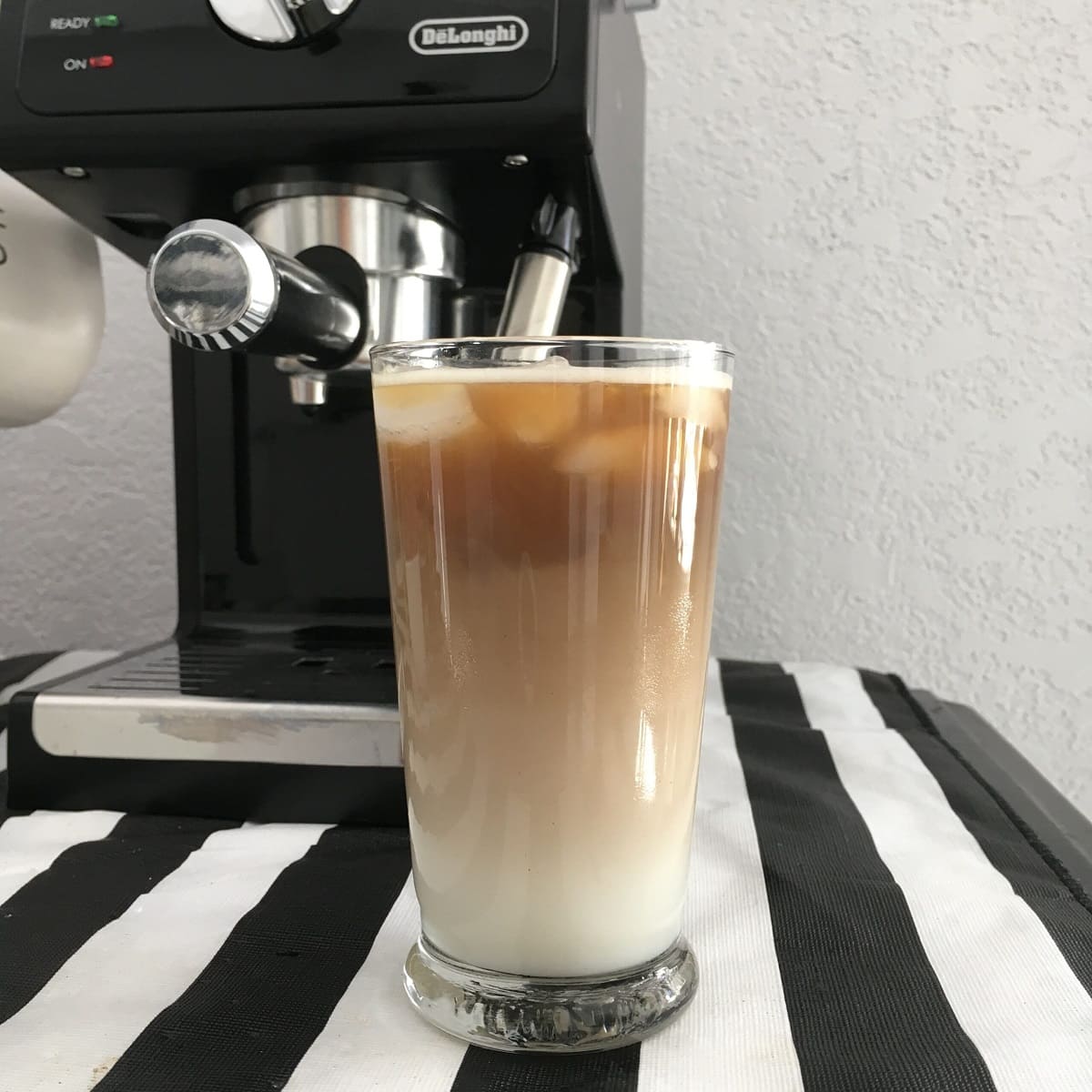
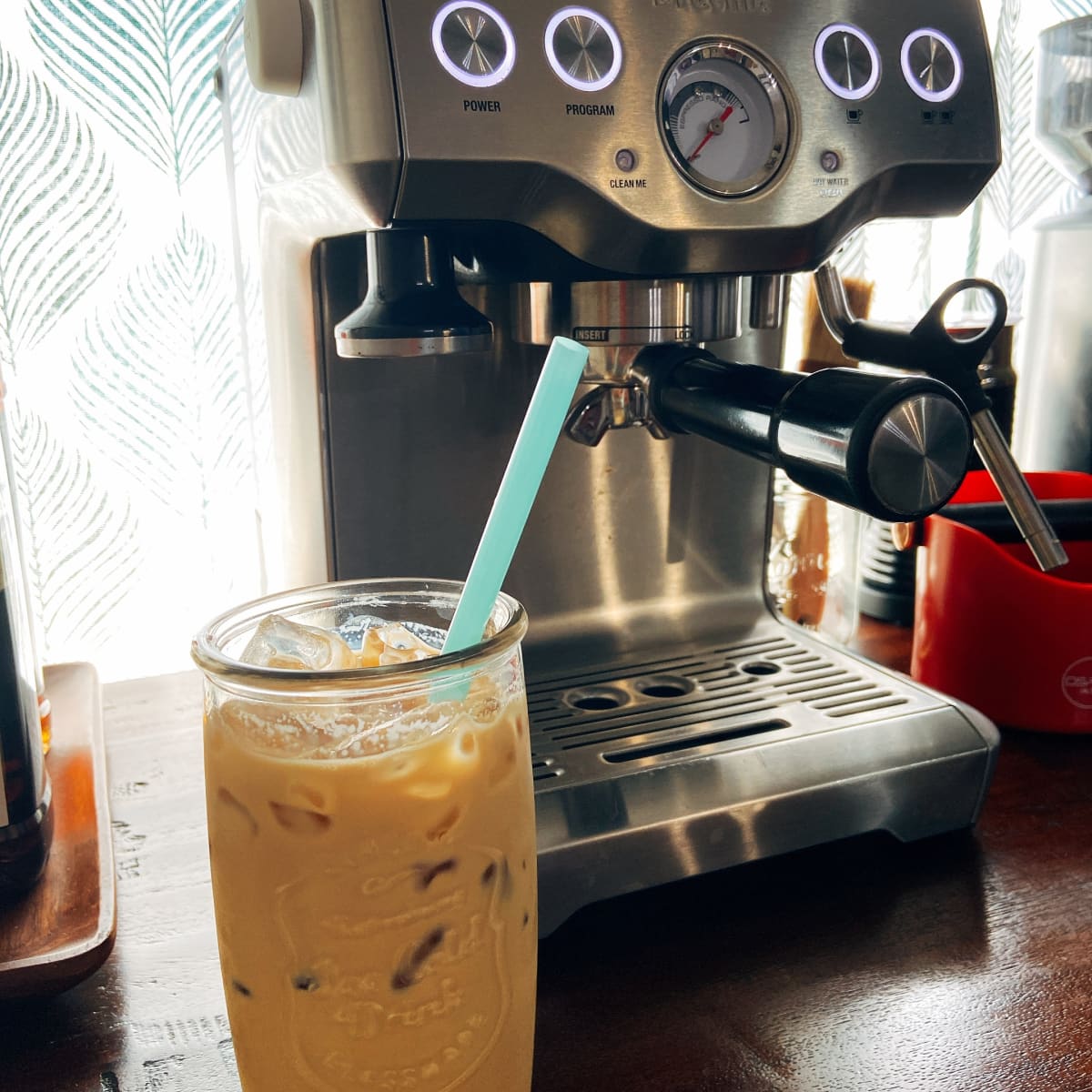
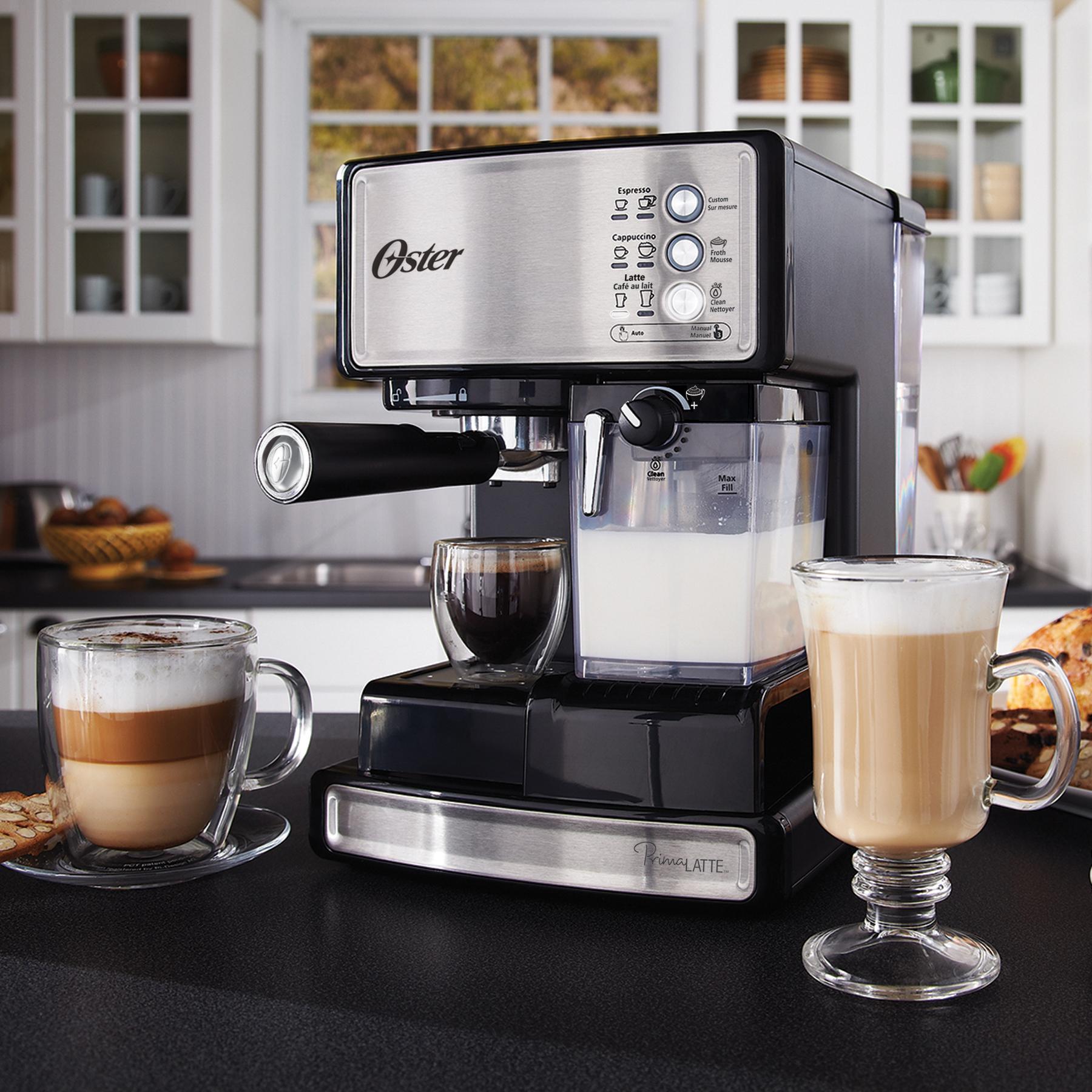
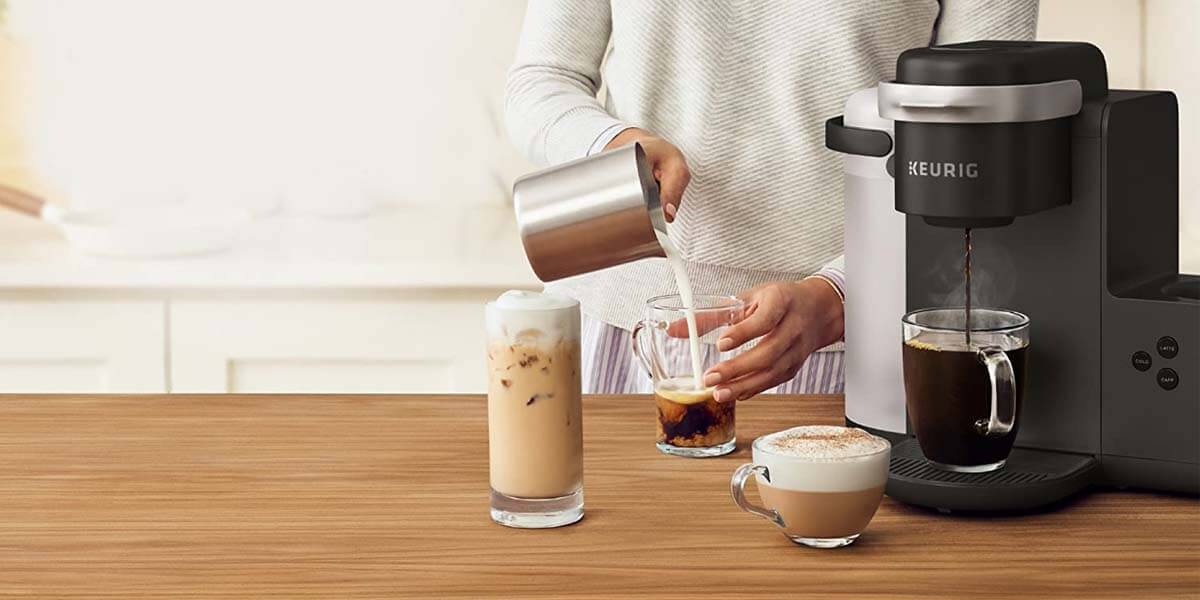
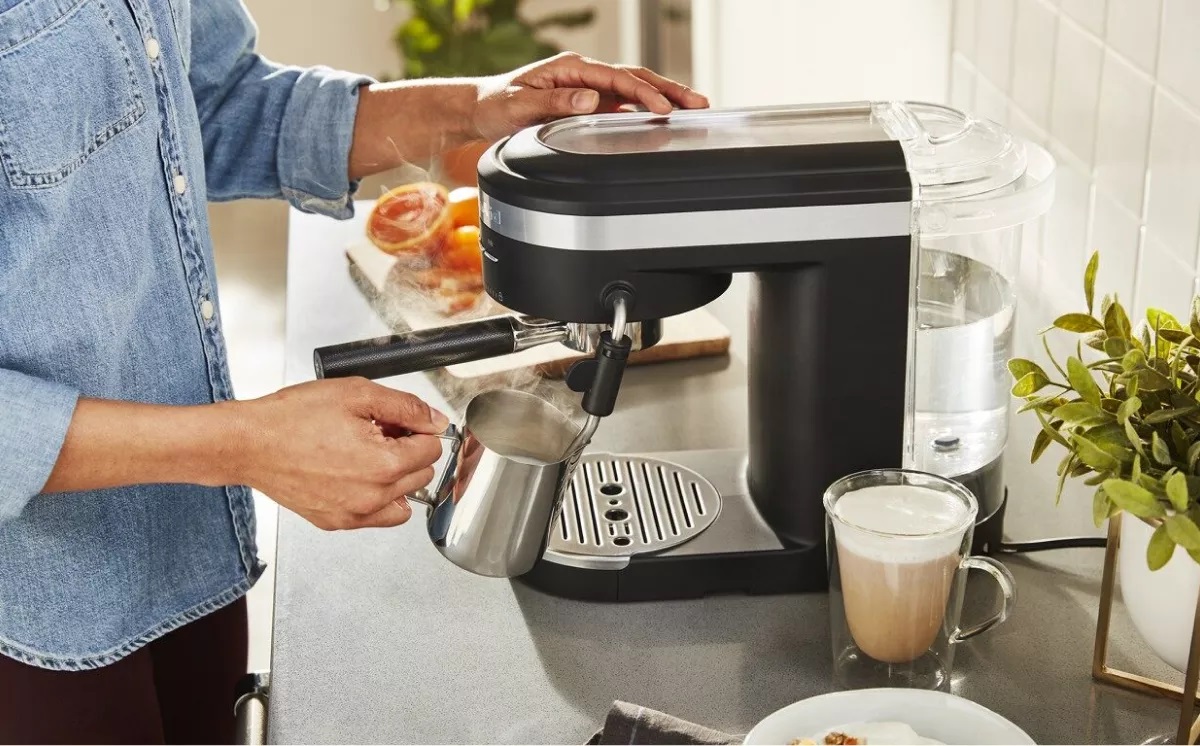
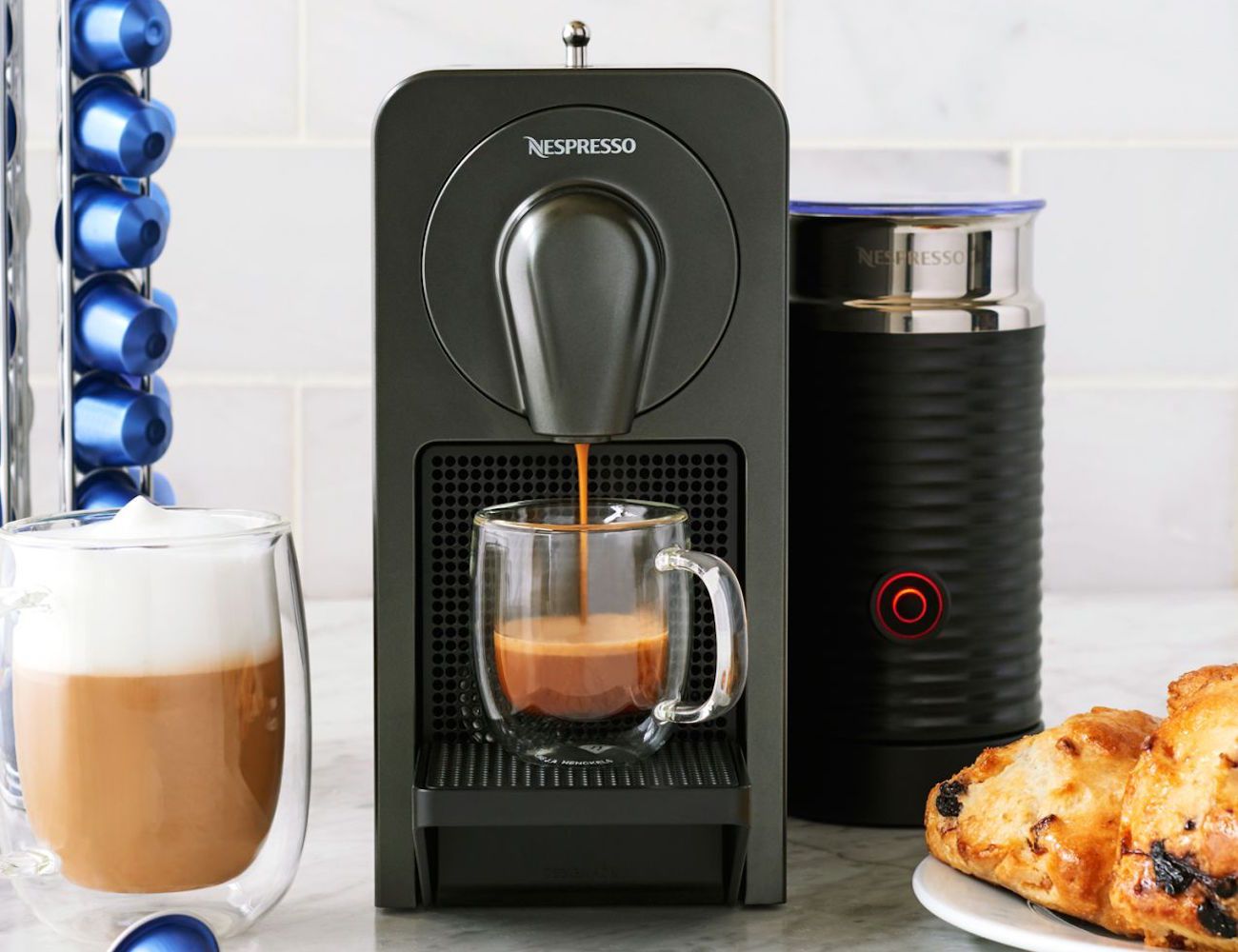
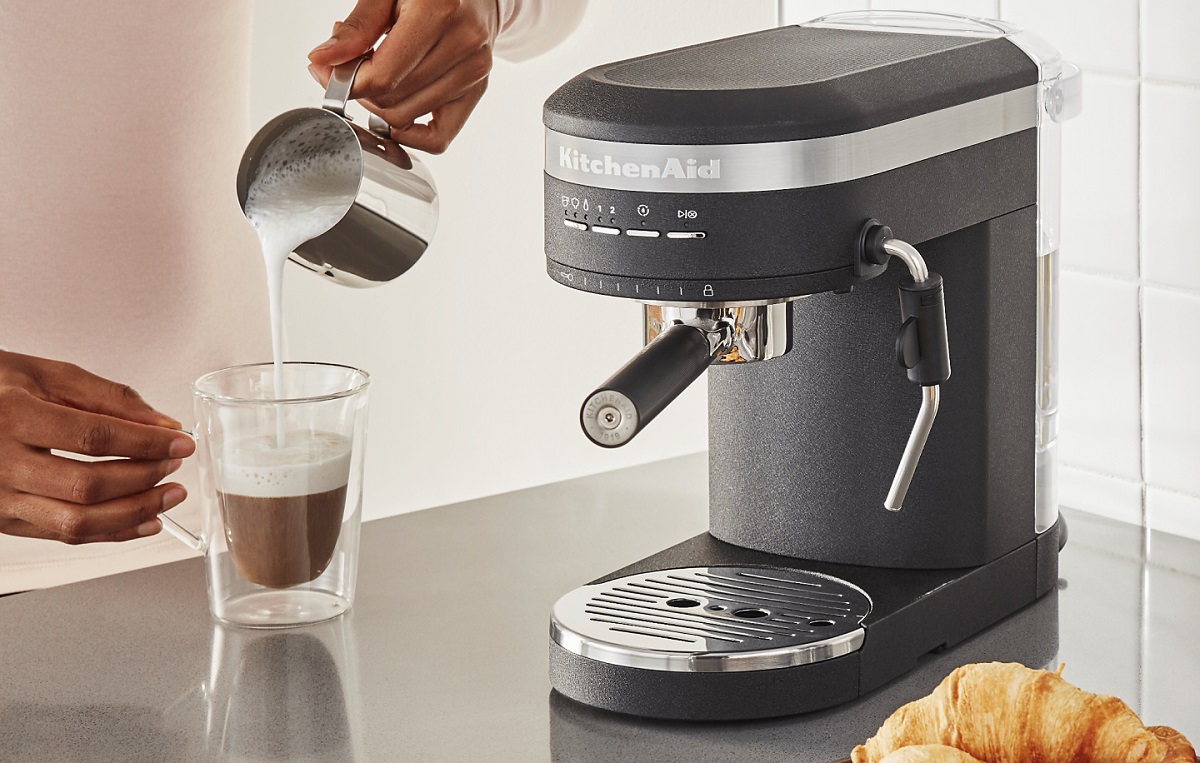
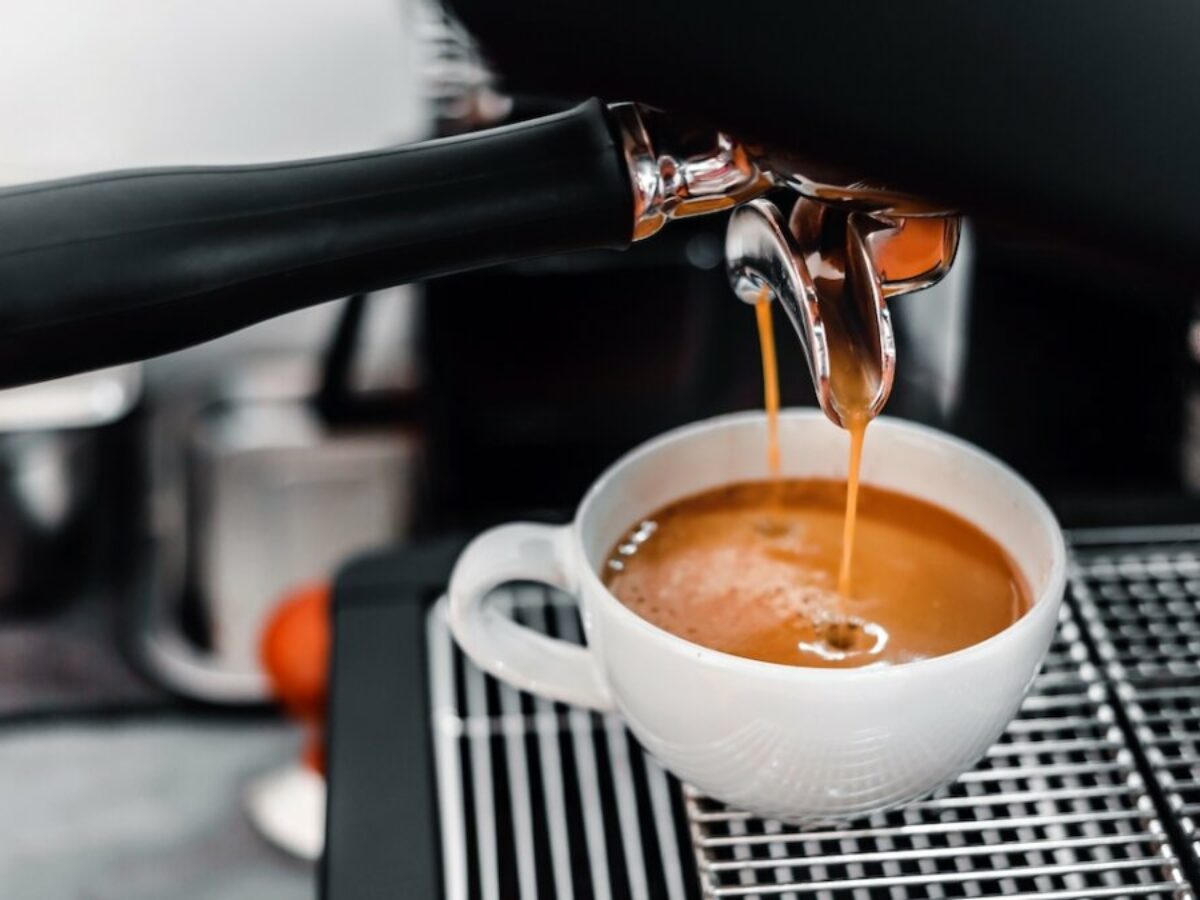
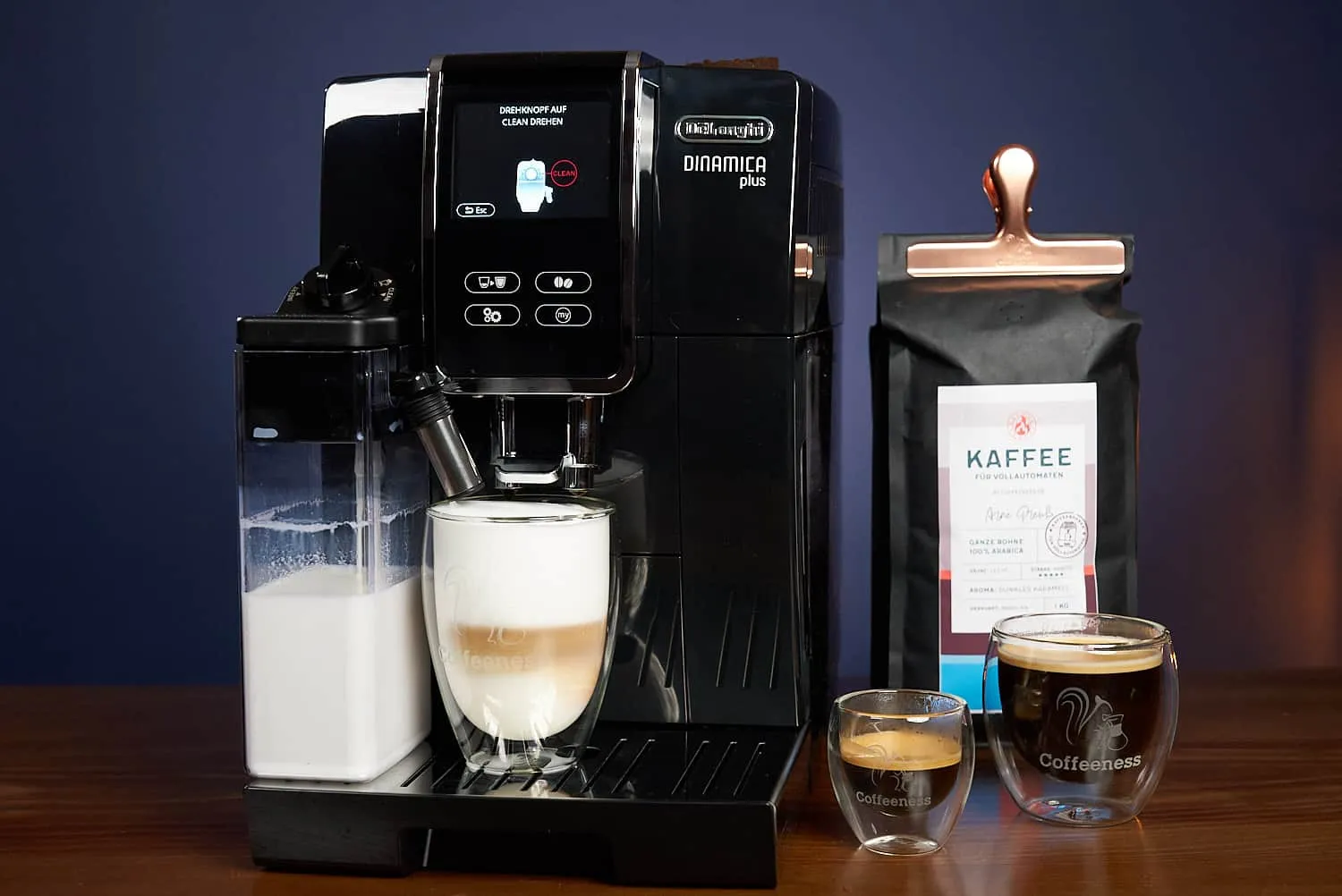
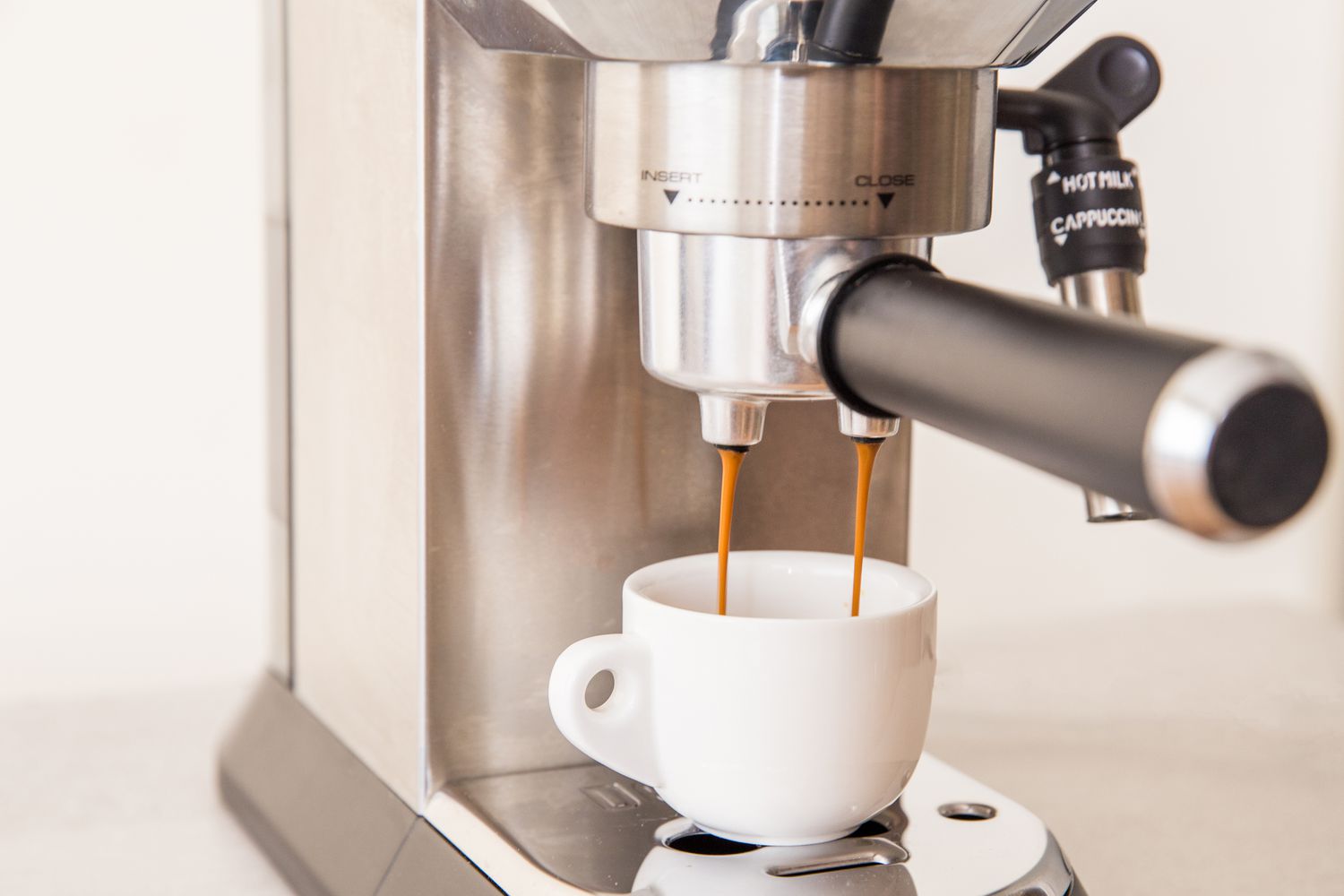
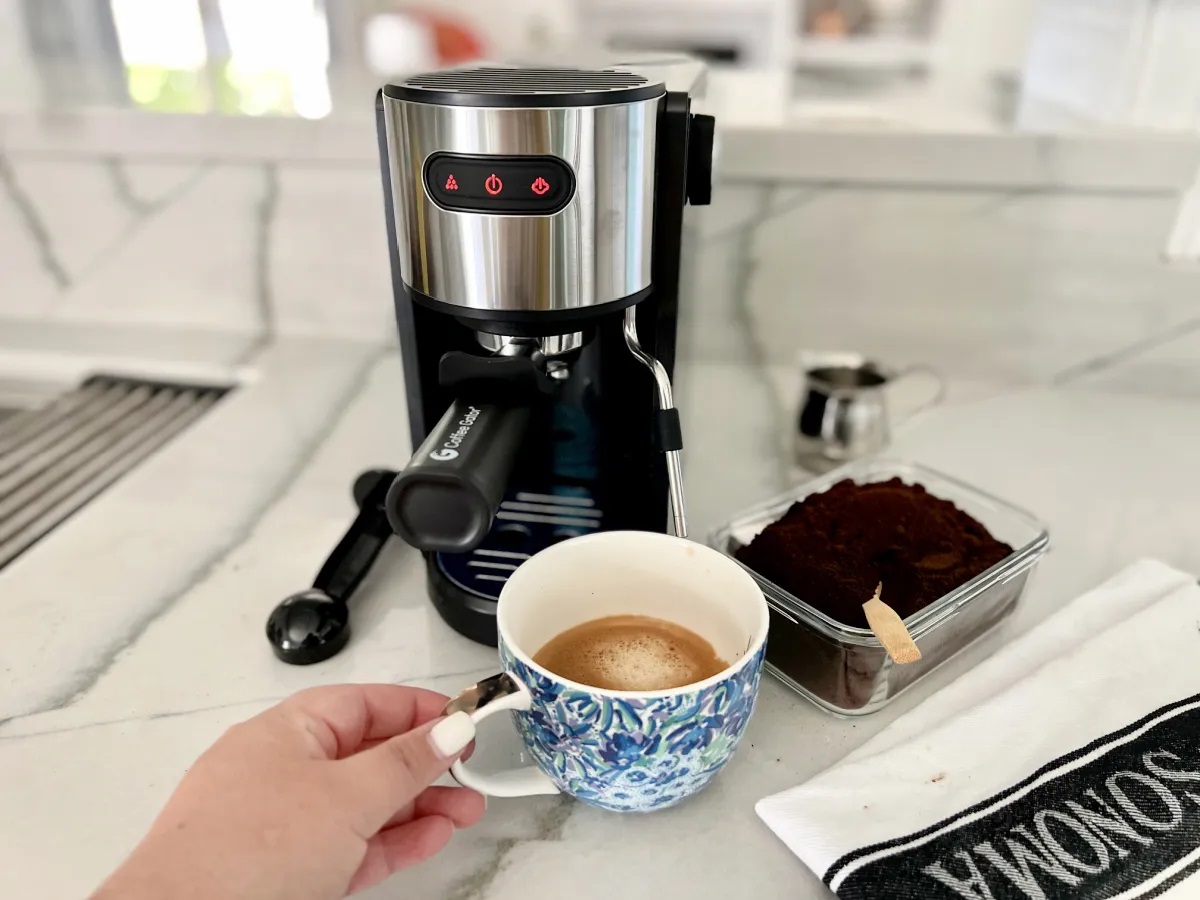
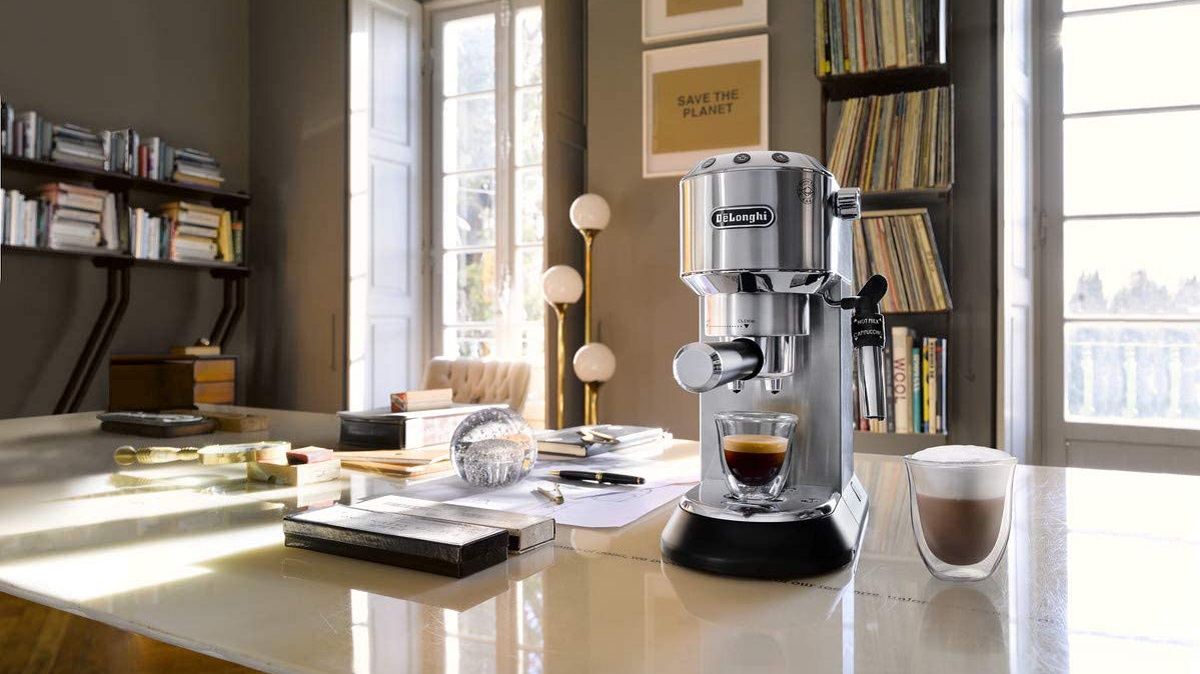
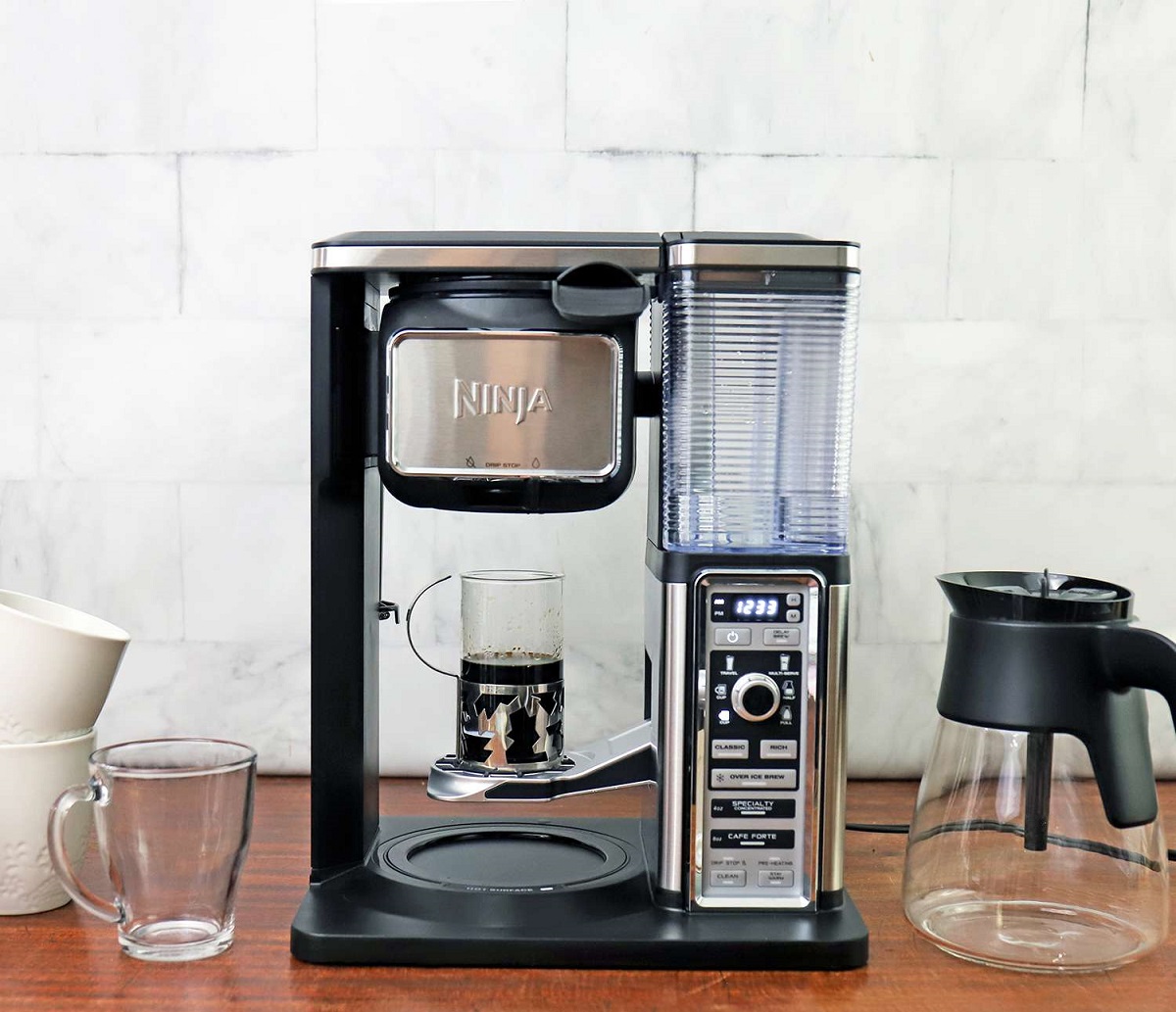
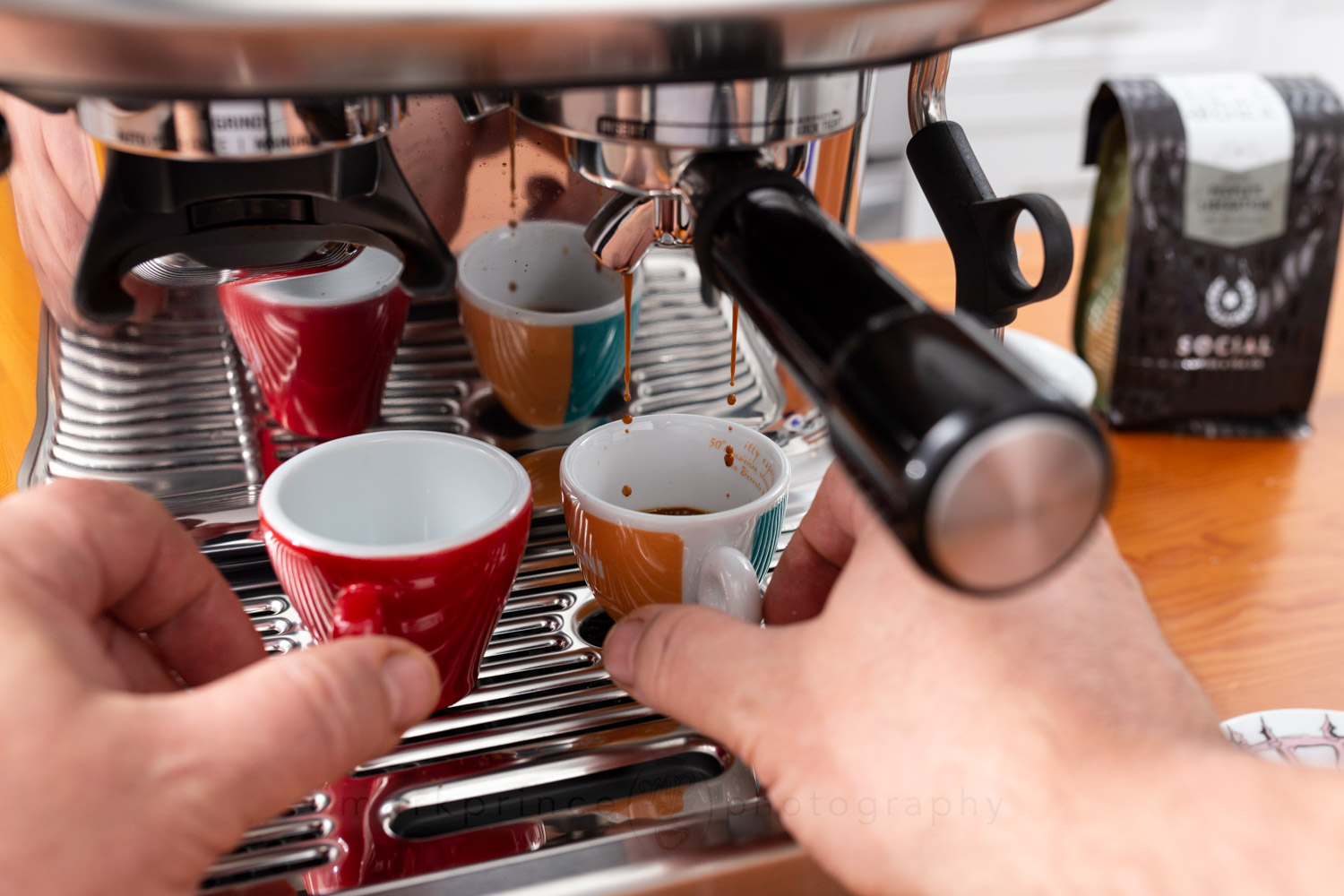

0 thoughts on “How To Make A Latte With An Espresso Machine”